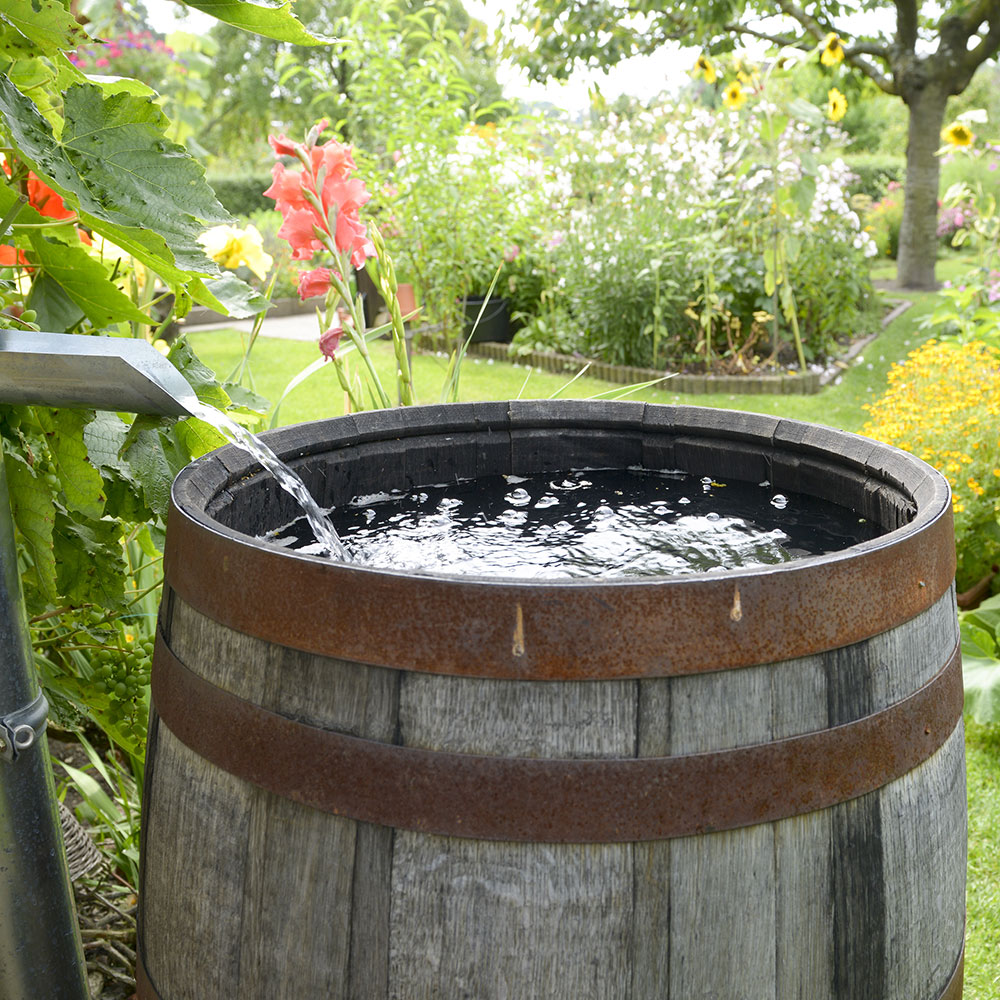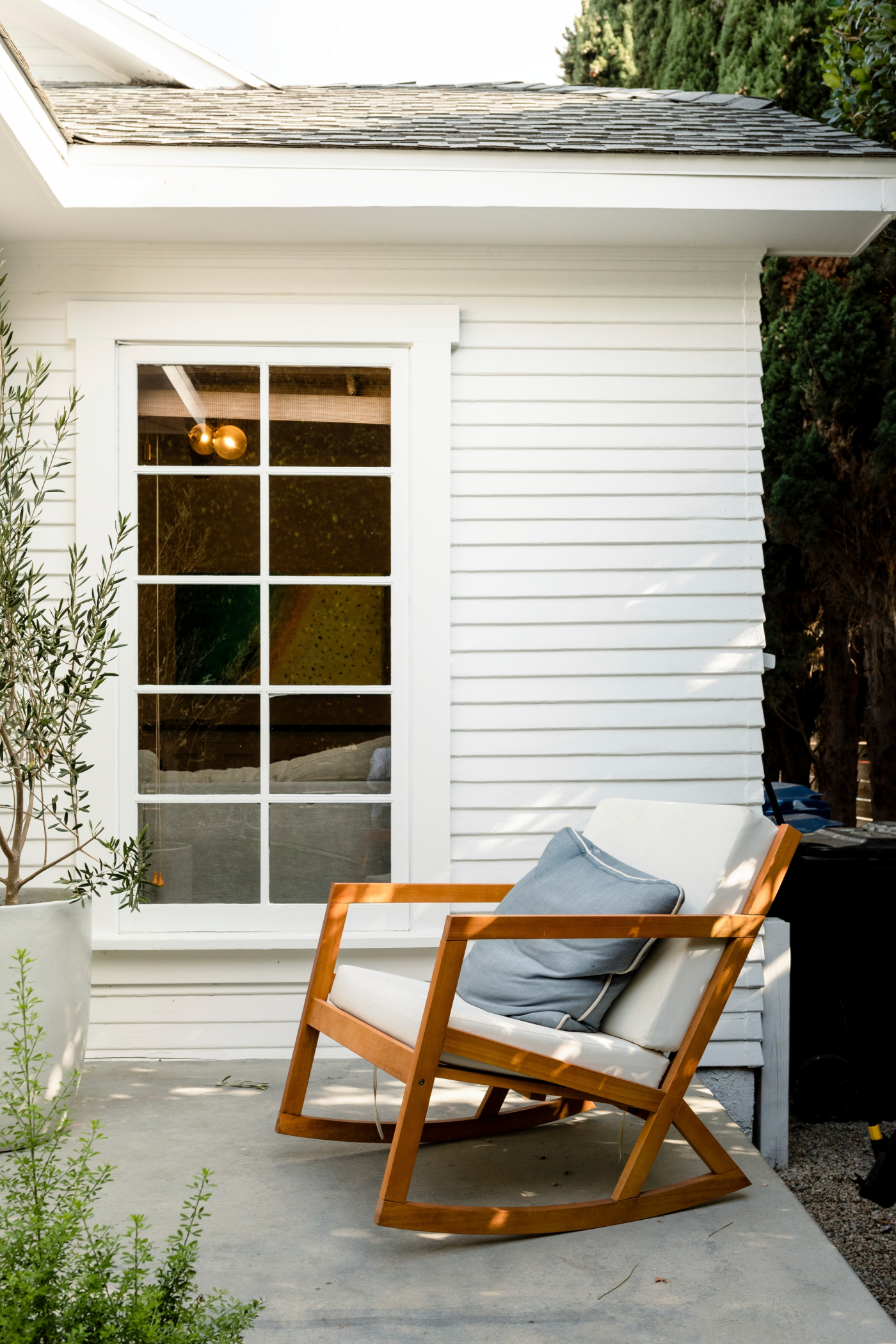Water harvesting is becoming a growing trend – and for good reason. By collecting and reusing rainwater in your yard, you can reduce your reliance on municipal water and help conserve energy. It helps reduce the strain on the environment – and save you a buck, too!
According to the Environmental Protection Agency, outdoor water use accounts for 30 percent of household water bills and it can be even higher in drier parts of the country. With a rainwater harvesting system, the rain comes free, resulting in less annual expenditure for your household and a more eco-friendly home.
What is rainwater harvesting?
Rainwater harvesting is the process of collecting and storing rainwater to be reused later on. The most common re-usage of water is for your garden, but it’s also possible to use it indoors. From flushing the toilet to doing your laundry, you can reuse rainwater if you have more sophisticated systems.
How do you start?
When you’re planning a rainwater harvesting system, the first step is to find out what the rainfall levels are like where you live. This lets you estimate how much you can collect. Thankfully in Michigan, there are no regulations or laws against rainwater harvesting, so harvest away!
Rain barrels are the most common method for rainwater harvesting and the one that most people are familiar with. The barrel is placed at a gutter downspout to collect rainwater and that’s it! This method can easily be implemented and doesn’t take up much space. With most rain barrels only holding 50 to 100 gallons of water, the only downfall to this method is that your barrel can overflow.
If you want a larger storage system, the dry method may be best for you. This is a larger setup where the collection pipe directly empties into a tank and then dries after each rain event. This can store plenty of rainwater and is an inexpensive collection tool – if you have the space needed for it. Check out Home Depot, Tractor Supply Co., or your local pump supplier to buy a bigger rig!
Still want to save on your water bill? Outside of planting water-conscious plants and protecting your topsoil with mulch, you can also try these two strategies below.
Get rid of the hose.
Using a watering can, rather than a hose, is a great way to save water when you water your flower bed. Not only do you save the water that will leak when you turn the hose on and off, you are also able to have more control. This allows you to focus on the roots rather than the leaves, which helps control leaf rot.
Try out water storage beads.
It can be hard to keep your plants alive, especially during hot Michigan summers. Your plants will never feel thirsty again with “water saving gel.” Products like Miracle Water Storing Crystals and Orbeez can reduce your need for water by up to 75 percent! Each orb will swell with water and then gradually release the water into the soil as it dries out. Orbs like these are easy to use and last several years before biodegrading into the soil. This watering tool is particularly good for hanging plants or window baskets, as they tend to dry out quicker than ground-planted plants.
An eco-conscious move, harvesting rainwater is great for the environment and can help save you money on your monthly water bills. Pair these new rainwater harvesting tips with our native wildflower guide for a perfect, sustainable garden this summer.






